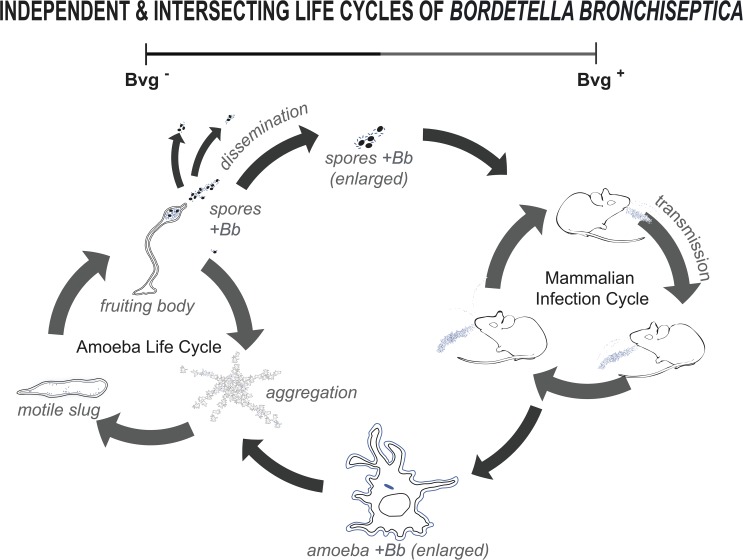Fig 12. Model illustrating how BvgAS may regulate two independent but interconnected life cycles of B. bronchiseptica.
The model illustrates the survival and transmission of B. bronchiseptica (blue) both in the mammalian host (in Bvg+ phase) and along with the amoeba (in Bvg- phase) and the connections between these cycles. Infected mice shed B. bronchiseptica, which can both transmit to colonize other mammalian hosts and spread in the environment. The Bvg+ phase genes are known to be necessary for B. bronchiseptica colonization and transmission between mammalian hosts. Outside the mammalian host, in the Bvg- phase, B. bronchiseptica can form a stable association with the amoebae, like D. discoideum, such that it is incorporated into the fruiting body sori and transmitted from sorus to sorus. This association may constitute an alternative life cycle for bordetellae, involving the many Bvg- specific genes that are highly conserved yet not apparently expressed during the mammalian infection cycle. Importantly, B. bronchiseptica recovered from amoeba sori can efficiently infect mice, indicating that these two independent life cycles are interlinked. Bb, B. bronchiseptica.

